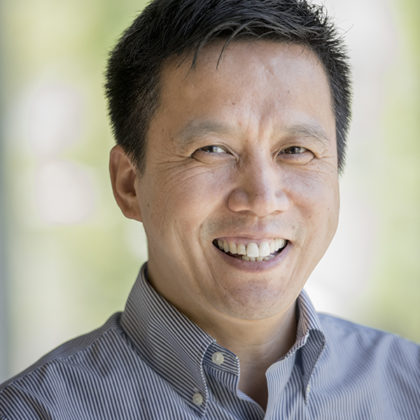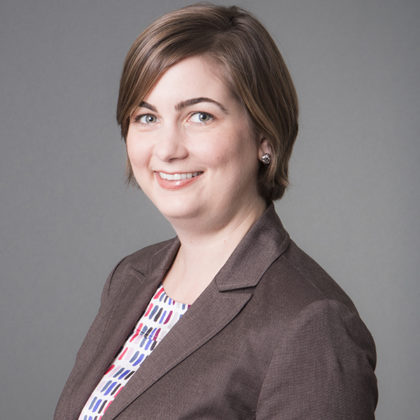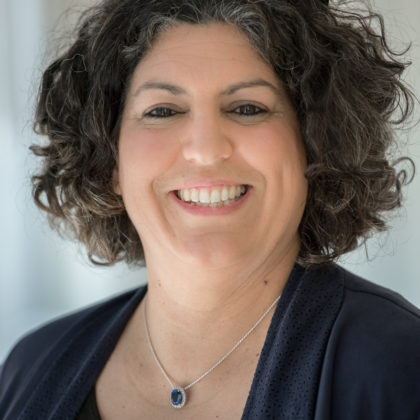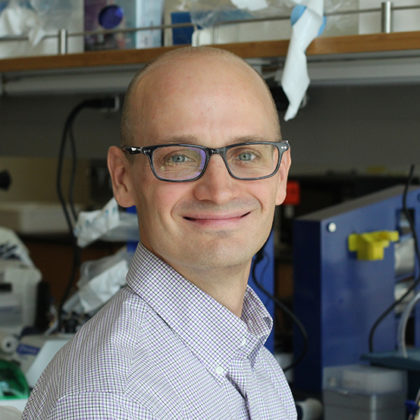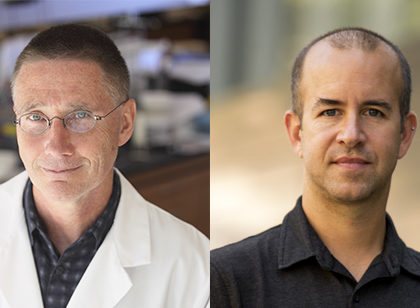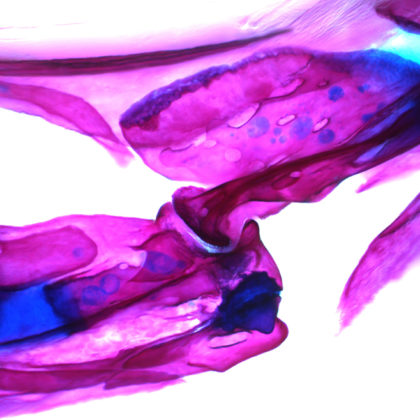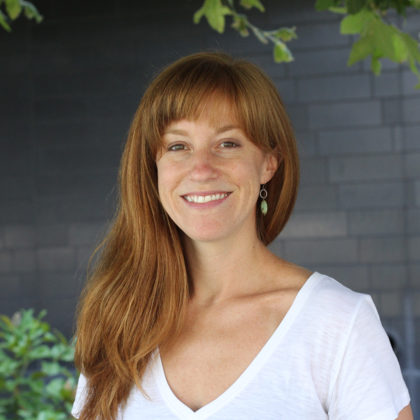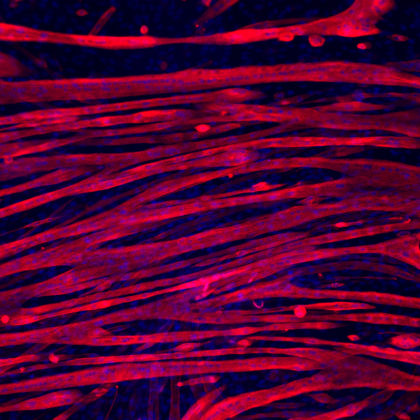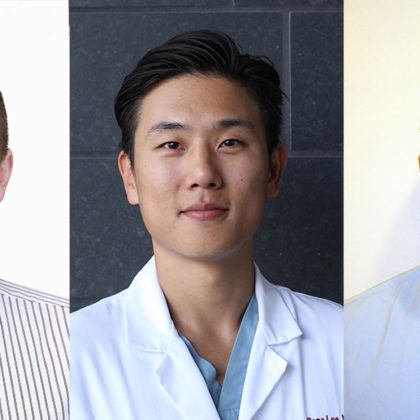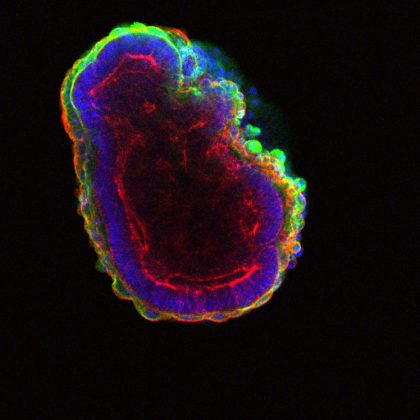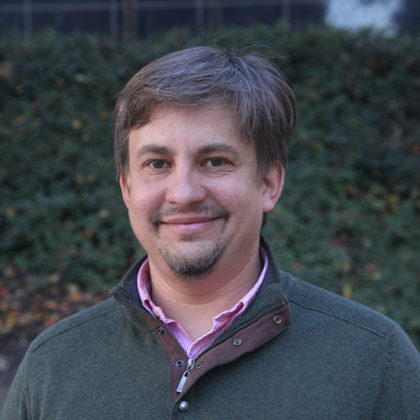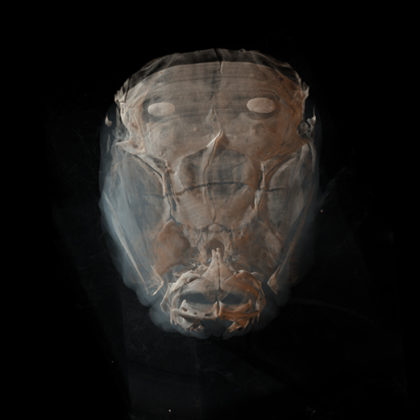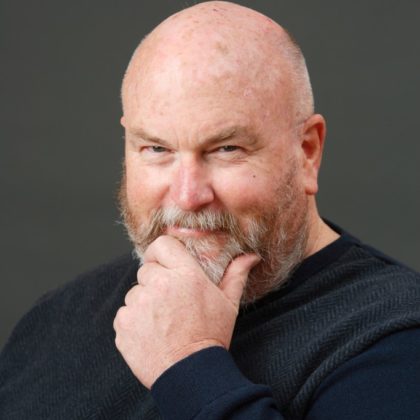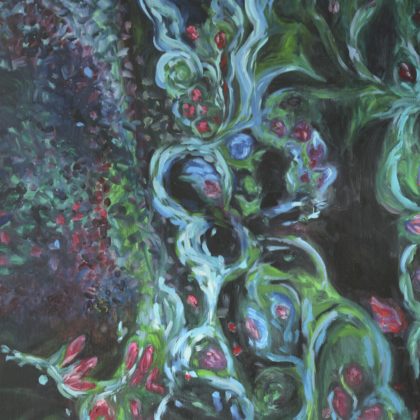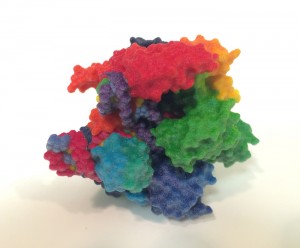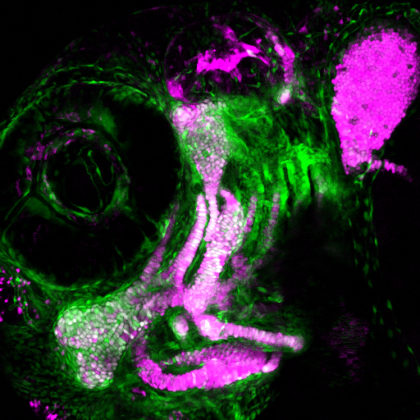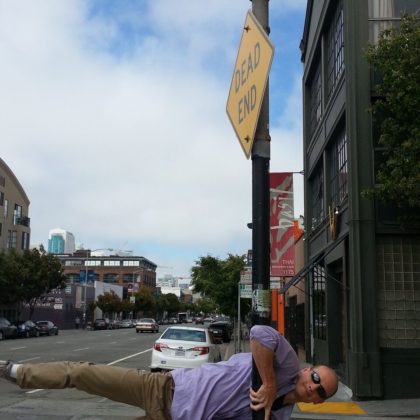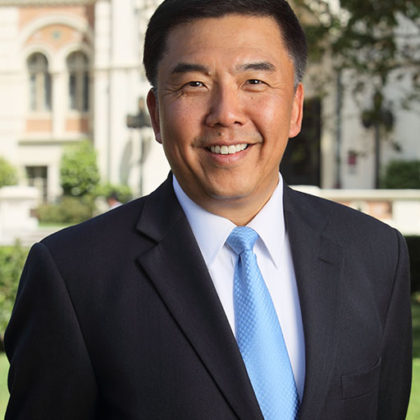What I’m reading: Top pick from stem cell faculty member Wange Lu
Our genetic material is packed into the nucleus of the cell, but is the packing process random or organized in some way? In a recent study published in Cell Stem Cell, Krijger …
Megan McCain receives American Heart Association Faculty Award
Megan McCain has received a 2016 Scientist Development Grant from the American Heart Association. The three-year, $231,000 grant supports highly promising early career scientists in cardiovascular and stroke research. McCain—Gabilan Assistant Professor …
USC researchers awarded $3.3 million NIDCR grant to find more effective treatment for common birth defect
It might surprise you to learn that your cranium is not one continuous smooth bone encasing your brain. It’s actually comprised of eight bones, separated by fibrous joints, to give your skull …
What I’m reading: Top pick from stem cell faculty member Francesca Mariani
In a recent study in the journal Cell, Kyle Loh and colleagues in Irving Weissman’s group established a rapid protocol for converting human pluripotent stem cells into mesoderm—the progenitors for heart, skeleton, …
What I’m reading: A top pick from stem cell faculty member Joseph T. Rodgers
In a recent issue of Science, Jay Shendure, Alexander Schier and colleagues present an extraordinarily powerful new approach to trace the lineage of cells as they divide within an organism.
What I’m reading: Top picks from stem cell faculty members Andy McMahon and Gage Crump
Andy McMahon: Leigh Turner and Paul Knoepfler present a disturbing report in Cell Stem Cell on the growth of businesses marketing stem cell interventions in the US. Los Angeles is one “stem …
Arthritis originated in primordial fish
We all know someone affected by arthritis—as well as that old dog down the block. But according to a new study in eLife, arthritis is much more widespread in the animal kingdom …
USC Stem Cell scientist Lindsey Barske wins NIH Pathway to Independence Award
Years ago, Lindsey Barske pulled on a pair of tall rubber boots and began a journey that led from her college research experience on the muddy Alaskan tundra to her current postdoctoral …
USC researchers use gelatin instead of the gym to grow stronger muscles
USC researcher Megan L. McCain and colleagues have devised a way to develop bigger, stronger muscle fibers. But instead of popping up on the bicep of a bodybuilder, these muscles grow on …
USC Stem Cell names second cohort of Broad Clinical Research Fellows
The second cohort of Broad Clinical Research Fellows is making strides towards finding stem cell-based therapies for lymphedema in cancer patients, large bone fractures and short bowel syndrome.
A gene called Prkci helps organize organisms and their organs
A gene called Prkci can point cells in the right direction, according to a new study in Developmental Biology. In the study, USC Stem Cell researcher In Kyoung Mah from the laboratory …
Joseph T. Rodgers and Hyungjin Eoh win Baxter Awards
Directors of the Donald E. and Delia B. Baxter Foundation visited the USC Health Sciences Campus this May, to hear presentations from Keck School of Medicine of USC faculty and meet with …
Denis Evseenko is featured on Arthritis Now
Listen to an interview with USC Stem Cell scientist Denis Evseenko. It’s featured on Arthritis Now, a web series produced by the Arthritis National Research Foundation. The Evseenko Lab research program is …
USC Stem Cell researchers use zebrafish to understand the role of cartilage in bone repair
Scientists have long believed that the processes required for embryonic development are recapitulated during the regeneration of damaged body parts, such as fractured bones. In a new study published in Development, USC …
Amplifying cell signals for potentially lower cost stem cell interventions
Editor’s Note: USC Stem Cell principal investigators Malcolm Snead and Yan Zhou were among the authors of “Supramolecular Nanofibers Enhance Growth Factor Signaling by Increasing Lipid Raft Mobility,” published on April 12, …
USC Stem Cell study illuminates bone formation and vertebrate evolution
With the emergence of bone, the diversity of life expanded to encompass the bone-forming vertebrates, a group of species ranging from the tiny frog Paedophryne amauensis to the mighty blue whale. Bone …
USC Stem Cell scientists enter the conversation about CRISPR
CRISPR-Cas9 is a gene-editing technique that enables scientists to disable, replace or modify sections of DNA. It allows for unprecedented precision and speed in the field of genome editing. It has been used to …
USC study shows how skeletal stem cells form the blueprint of the face
Timing is everything when it comes to the development of the vertebrate face. In a new study published in PLoS Genetics, USC Stem Cell researcher Lindsey Barske from the laboratory of Gage …
Outside the lab: Joseph T. Rodgers, stem cell scientist and amateur acrobat
Inside the laboratory, Joseph T. Rodgers, assistant professor of stem cell biology and regenerative medicine, uncovers the signals that instruct stem cells to build and repair tissue. Outside the laboratory, he builds …
USC Stem Cell researcher Yang Chai receives $2.1 million from the National Institute of Dental and Craniofacial Research
Yang Chai, associate dean of Research at the Ostrow School of Dentistry of USC, has just received $2.1 million to continue research that could one day allow scientists to use stem cells …
